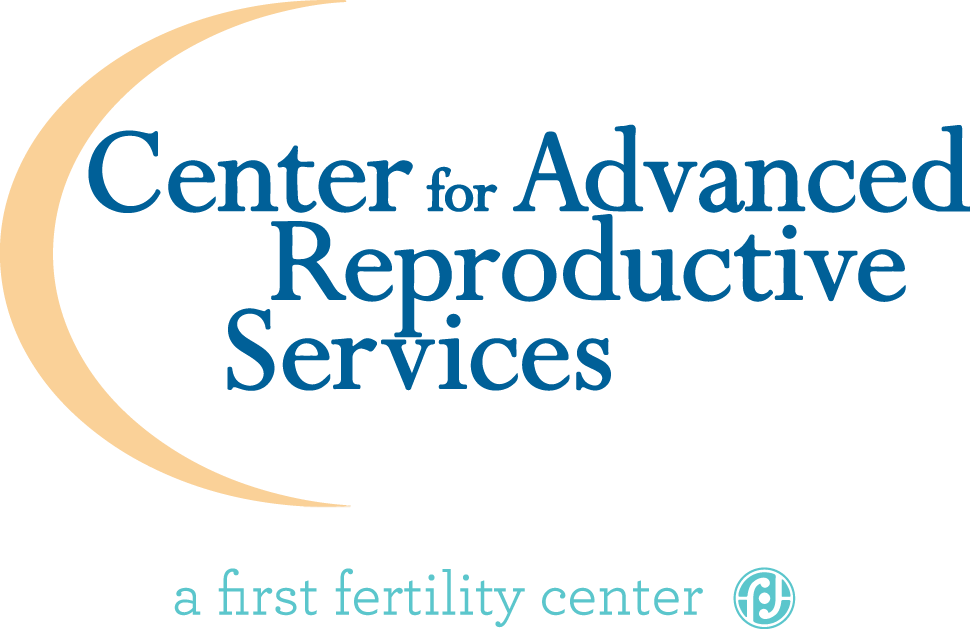by Ami Chokshi
National Board Certified Health & Wellness Coach
September is PCOS month, and PCOS-related infertility affects so many women these days. PCOS symptoms often include:
- Irregular periods,
- Weight gain or weight loss resistance,
- Hair growth on your face or body,
- Acne, and
- Dark patches of skin
…. but you already know this if you have PCOS.
So, let’s talk about how you can manage your symptoms to support your fertility journey.
Insulin resistance is often a major factor associated with PCOS, and this means that your body cannot respond properly to the insulin it makes. Keeping your blood sugar steady throughout the day will help you sustain healthy hormone levels, keep your mood even, and support a more regular menstrual cycle.
I work with women who want to maximize their chances of getting pregnant by optimizing their health. These are women who are asking their doctors, “what else can I do outside of treatment.” These are some tips I share with them to get them started…
Step 1: The Winning Food Formula
Food is where I start, and the first step to managing your PCOS is to eat in a way that keeps your blood sugar steady. The winning formula is: Fiber + Protein.
I recommend eating both fiber – in the form of veggies – and protein in every meal. This dynamic duo will keep your blood sugar from spiking in either direction. And, it works regardless of what diet you subscribe to…from vegan to keto. It will keep you from feeling hangry, irritable, or sleepy. And it will help you keep your weight in check. If you are trying to lose weight, remember this catchy phrase…
“Fiber and protein in every meal makes losing weight no big deal.”
You can apply this to your daily meals by:
- Adding spinach to your scrambled eggs,
- Including kale with a low sugar smoothie and a plant-based protein,
- Eating a big salad with chicken for lunch, and
- Covering half of your plate in veggies plus a protein for dinner.
Step 2: Move Your Mass
Next, incorporating high intensity interval workouts decreases insulin resistance and is the best exercise to mobilize excess body fat.
This can look like a 20 minute HIIT workout from Fitness Blender (check out some the HIIT workouts here🙂
…or 3 sets of the Scientific 7-Minute Workout (here is the app).
If you have had a heavy meals and need a quick blood sugar stabilizer, lace up your sneakers and go for a walk. Even 10 minutes around the block will help lower your blood sugar.
Step 3: Flush it out
Finally, drink your H20.
I know you know this, and you have heard this a dozen times… But, how often are you doing this? Staying hydrated helps remove excess sugar from your blood through your urine. Half of your body weight in ounces is often the guideline, so if you weigh 150 pounds, aim for 75 ounces of water. Another way to know is to check the color of your urine. Aim for pale yellow.
Hydration isn’t only about drinking water.It also means making sure you have an adequate electrolyte balance. Electrolytes – like potassium, magnesium, and sodium – can be added to your water and are critical for replenishing needed minerals and feeling hydrated. They support chemical reactions that take place in your body for optimal hormone health.
A basic rule of thumb is this: if you have go to the bathroom within 5-10 minutes of drinking water, consider adding electrolytes (or even a pinch of pink sea salt) to your to your next glass.
Stick with these basics and be sure you are sleeping 7-9 hours, and you will notice results…from better energy and weight loss to calmer hormones.
Want help getting started? Check out my free PCOS 7 Day Meal Plan. Simply share your email here, and I will send it (plus additional fertility tips) to you right away!
